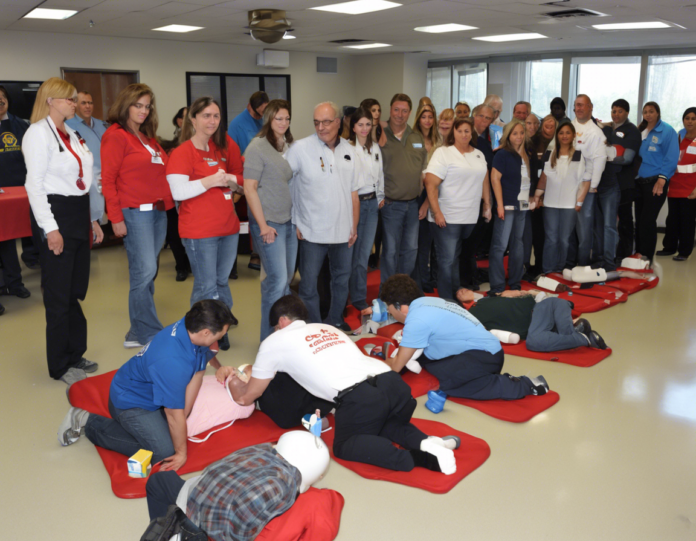In recent years, the importance of promoting NBEMS CPR Awareness Programs has become increasingly evident.
The Need for NBEMS CPR Awareness
Background
The NBEMS (National Basic Emergency Medical Services) program is designed to educate the public on basic emergency medical procedures, including CPR (Cardiopulmonary Resuscitation). With cardiac arrest being a leading cause of death worldwide, the ability to perform CPR can make a significant difference in saving lives. However, awareness about the importance of CPR and how to perform it correctly remains low among the general population.
Importance of CPR Awareness
CPR awareness is crucial as it empowers individuals to respond effectively in emergency situations. Studies have shown that immediate CPR can double or even triple the chances of survival for someone experiencing cardiac arrest. By promoting NBEMS CPR Awareness Programs, communities can increase the number of trained individuals who can provide life-saving assistance until professional help arrives.
Benefits of NBEMS CPR Awareness Programs
Increased Survival Rates
One of the primary benefits of promoting NBEMS CPR Awareness Programs is the potential to increase survival rates for individuals experiencing cardiac arrest. By training more people in CPR techniques, there is a higher likelihood that someone nearby will be able to intervene quickly and effectively.
Empowerment and Confidence
Participating in an NBEMS CPR Awareness Program can empower individuals with the knowledge and skills to take action in emergency situations. Knowing how to perform CPR can instill confidence and reduce hesitation when responding to someone in need.
Community Resilience
Communities that actively promote CPR awareness programs are better equipped to handle medical emergencies. By fostering a culture of preparedness and proactive response, neighborhoods can become safer and more resilient.
How to Promote NBEMS CPR Awareness
Collaborate with Local Organizations
One effective way to promote NBEMS CPR Awareness is to collaborate with local organizations such as schools, community centers, and healthcare facilities. By offering CPR training sessions and workshops in partnership with these entities, you can reach a wider audience and engage community members in lifesaving education.
Utilize Social Media Platforms
Harnessing the power of social media is essential for reaching a broader demographic and raising awareness about CPR. Create engaging content, share educational resources, and promote upcoming CPR training events through platforms like Facebook, Instagram, and Twitter.
Host Community Events
Organizing community events centered around CPR awareness can attract participants of all ages and backgrounds. Consider hosting CPR demonstrations, hands-on training sessions, and interactive workshops to make learning about CPR fun and accessible.
Provide Incentives
To incentivize participation in NBEMS CPR Awareness Programs, consider offering certification upon completion of training, free CPR kits, or discounts on future first aid courses. Rewarding individuals for taking the initiative to learn CPR can encourage further engagement and commitment to emergency preparedness.
Frequently Asked Questions (FAQs)
1. What is CPR?
CPR stands for Cardiopulmonary Resuscitation, a lifesaving technique used in emergencies such as cardiac arrest. CPR helps maintain blood flow and oxygenation to vital organs until professional help arrives.
2. Who can benefit from CPR training?
Anyone can benefit from CPR training, as medical emergencies can happen to anyone at any time. Both adults and children can learn CPR techniques to be prepared for unforeseen emergencies.
3. How long does it take to learn CPR?
Basic CPR training can typically be completed in a few hours. However, regular practice and refresher courses are recommended to maintain proficiency in CPR techniques.
4. Do I need to be certified to perform CPR?
While certification is not required to perform CPR in an emergency, formal training and certification can enhance your confidence and effectiveness in administering CPR.
5. Are there different CPR techniques for adults and children?
Yes, CPR techniques may vary slightly for adults and children, as well as infants. It is essential to undergo training that includes age-specific guidelines to ensure proper care for individuals of all ages.
In conclusion, promoting NBEMS CPR Awareness Programs is a critical step towards building healthier and safer communities. By increasing awareness, providing training opportunities, and fostering a culture of preparedness, we can empower individuals to make a difference in emergency situations. Get involved today and help save lives through CPR education!


Recent comments